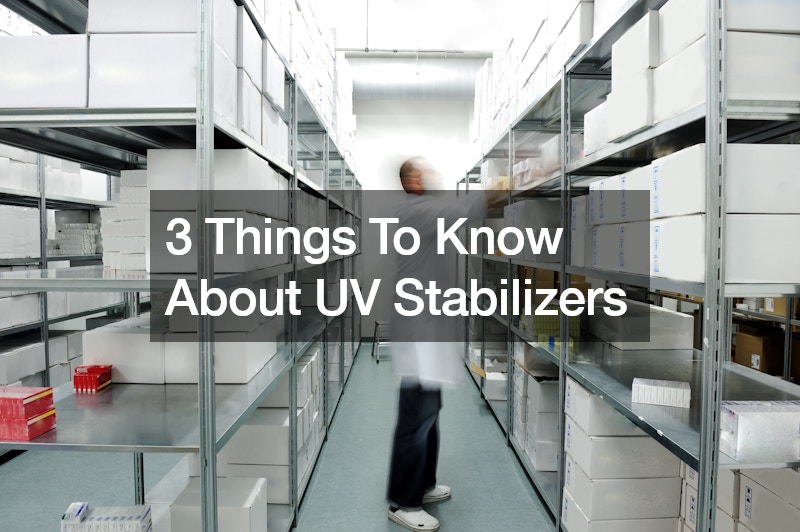UV stabilizers are crucial additives used in various industries to protect materials and products from the harmful effects of ultraviolet (UV) radiation. Here are three essential aspects to understand about UV stabilizers:
Firstly, UV stabilizers are additives designed to extend the longevity and durability of materials exposed to sunlight. UV radiation can cause degradation in materials such as plastics, coatings, and textiles, leading to color fading, brittleness, and structural weakening.
UV stabilizers work by absorbing or dissipating UV radiation before it can penetrate and damage the material. This helps maintain the material’s appearance, mechanical strength, and overall performance over time.
Secondly, there are different types of UV stabilizers, each with specific mechanisms of action. Hindered amine light stabilizers (HALS) and UV absorbers are two common categories. HALS works by scavenging free radicals generated by UV exposure, thus preventing the degradation of the polymer chains. UV absorbers, on the other hand, absorb UV radiation and convert it into less harmful heat, reducing its impact on the material.
Lastly, the effectiveness of UV stabilizers can vary depending on factors such as dosage, formulation, and environmental conditions. Manufacturers must carefully select and optimize the UV stabilizer blend for specific applications to ensure optimal protection and longevity of their products. Regular testing and monitoring of UV stabilizer performance are essential to maintain product quality and reliability, especially in industries where outdoor exposure or UV radiation is prevalent.

Understanding these aspects of UV stabilizers is essential for industries ranging from automotive and construction to packaging and textiles, where protection against UV radiation is critical for product performance and durability.
.


